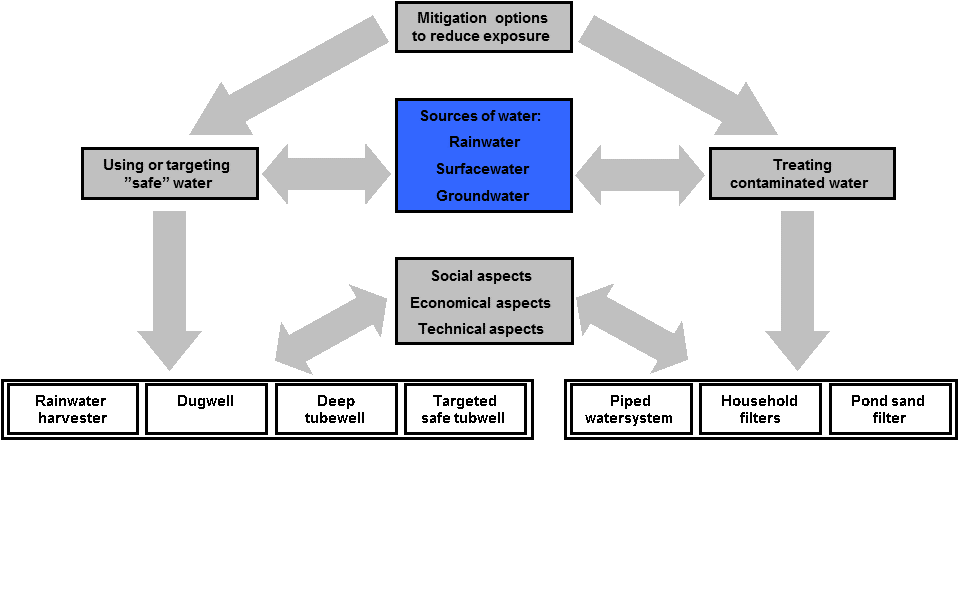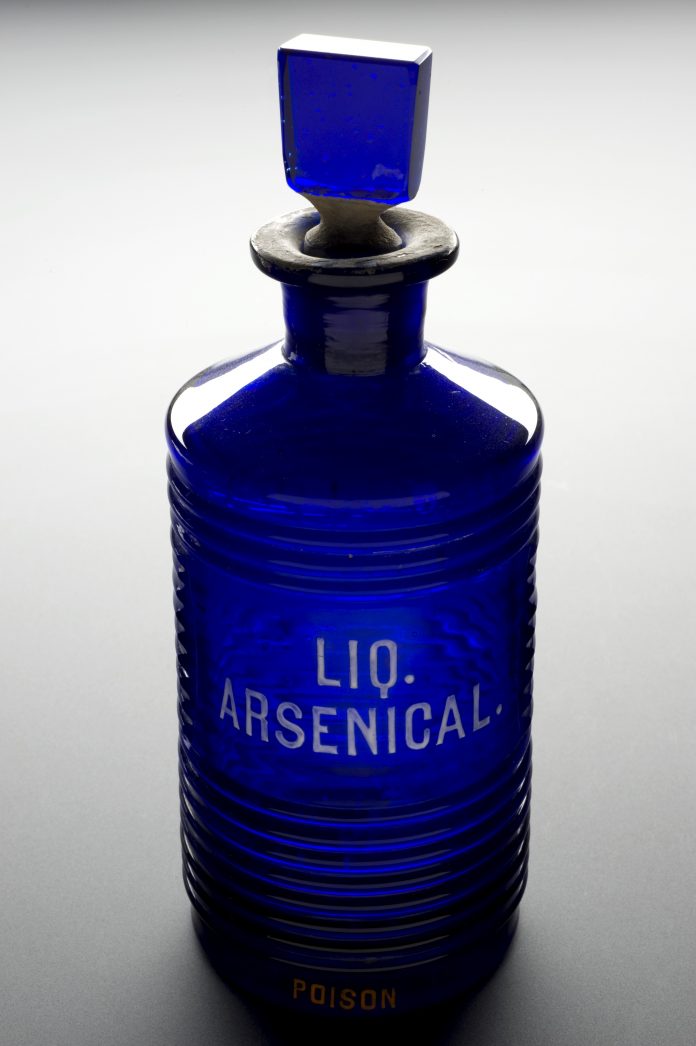Source substitution and treatment can help tackle naturally occurring arsenic. By Arslan Ahmad and Prosun Bhattacharya*
Of all the ways to die, one most lends itself to murderous intent. Arsenic is a highly toxic chemical that has no taste, colour or smell. A victim’s symptoms from a single effective dose will resemble food poisoning: abdominal cramping, diarrheoa, vomiting, followed by death from shock. There’s no simple or easy cure. From the Roman Empire through to the Victorian Age, such a fatal combination made arsenic the perfect killing agent.
Now the so-called king of poisons is threatening public health on an unprecedented scale. While there may be no individual culprit, 130 million people around the world are suffering from exposure to naturally occurring high concentrations of arsenic in drinking water.
Buy cabergoline online – sports bodybuilding maxdrol clomid bodybuilding.
Many have no clue they are even at risk, especially if they rely on private wells and don’t go beyond microbial testing. Water professionals must improve on this tragic trend.
Consider the scope of the challenge. “High concentrations” is itself a subjective and highly contested term. Since 1993 the World Health Organization has set a provisional ‘unsafe’ threshold at 10 microgrammes per litre (10 ug/L, or 10 parts per billion). Yet multiple studies in the last quarter century have shown adverse health effects building at much lower levels. In a significant development with implications for health officials and responses worldwide, the Netherlands recently agreed to target concentrations at or above 1 ug/L.
Geographic scale matters. Regions with high arsenic issues range from Chile and the western US to pockets of southern Africa and the UK. But no region has a more severe naturally poisoning hotspot than Bangladesh, where arsenic afflicts 20 million and kills 43,000 people each year.
Arsenic is naturally present in the Earth’s crust. It gets released into groundwater both by natural and anthropogenic processes. While no “silver bullet” can remove it, two pragmatic approaches can mitigate the suffering from arsenic: substitute a new source where you can, and treat the old source if you must.

First let’s look at substitution. The handling and disposal of residuals may introduce additional complications, which make treatment often prohibitively expensive. That’s another reason to simply replace an existing unsafe source with a safe alternative: groundwater, rainwater or surface water, as technical, economic and social factors allow.
In Bangladesh, the fastest and most promising solutions enable poor rural communities to target and secure arsenic-safe aquifers by themselves. Indeed, local drillers have a vital role to play. They are the main driving force in tube-well installation, and if they can target safe aquifers, what else does one need?
Through the Sustainable Arsenic Mitigation (SASMIT) project, we have developed a tool that links the colour and textural attributes and the geochemical characteristics of the targeted aquifer sediments to the groundwater pH, redox and a series of water quality parameters. Since prevention is the best treatment, abstraction of water from deep aquifers in Bangladesh must not be blindly adopted. In fact, groundwater overuse can push arsenic deeper, making the problem worse, and rendering future costs high in terms of health and water-purification.
Treatment is a backup option. Remediation requires specialised expertise, a good understanding of arsenic’s complex aqueous chemistry, and funds for the more expensive tools and methods. Arsenic removal techniques can be broadly grouped into: precipitation, absorption and ion exchange, membranes, oxidation and bioremediation.
How do you decide which technique is the most appropriate? Carefully pre-evaluate water quality characteristics, target finished water arsenic concentration, and consider ease of implementation. To optimise treatment variables and avoid the wrong technology, conduct a pilot for potential mitigation processes.
Socio-economic realities shape the strategy for arsenic remediation. It is hard to apply advanced arsenic treatment tools in rural settings, given the de-centralised nature of the populations. But the basic principles of many conventional water treatment technologies can be shared, reduced in scale and conveniently applied at community and household levels.








